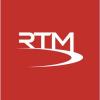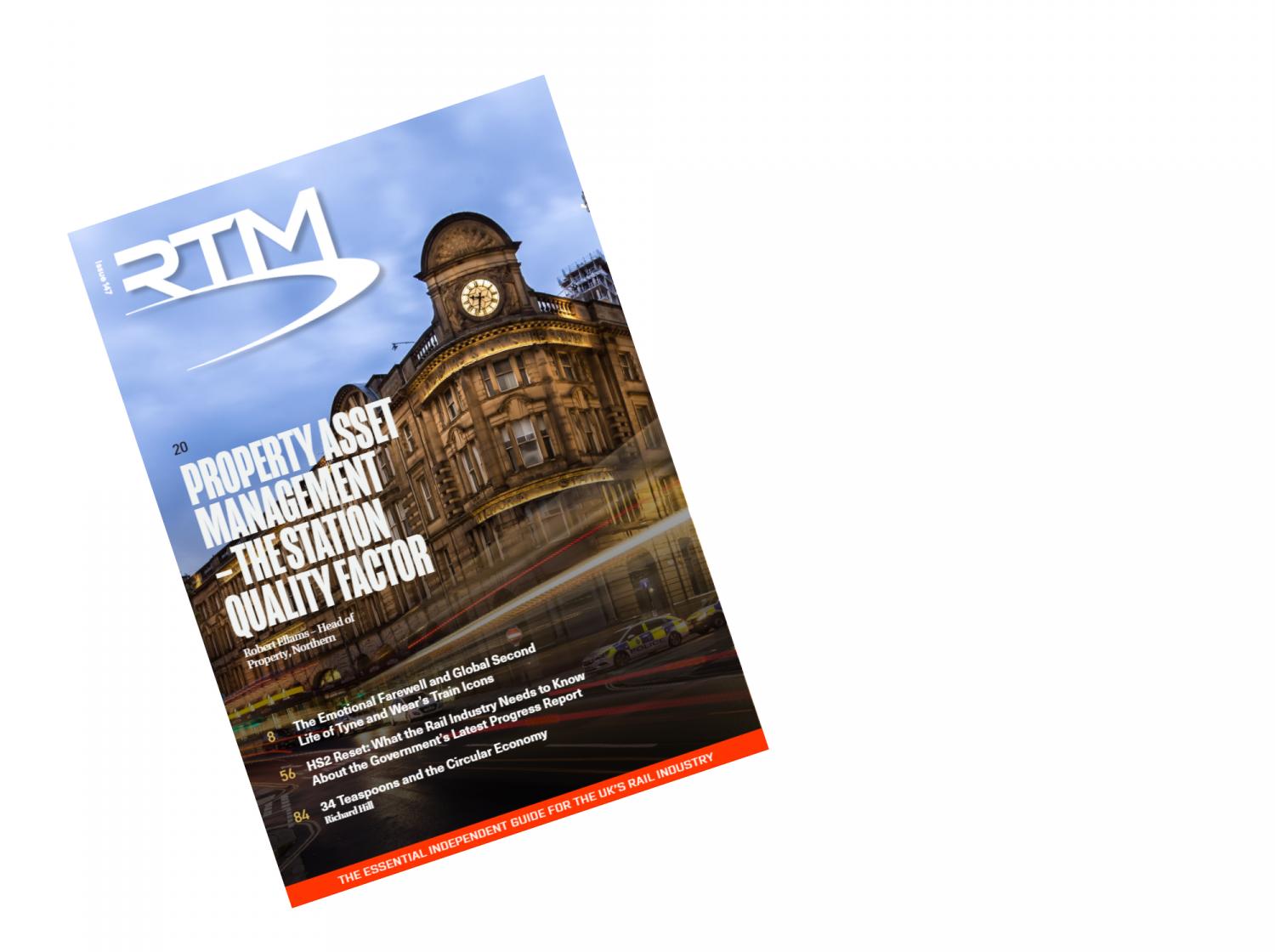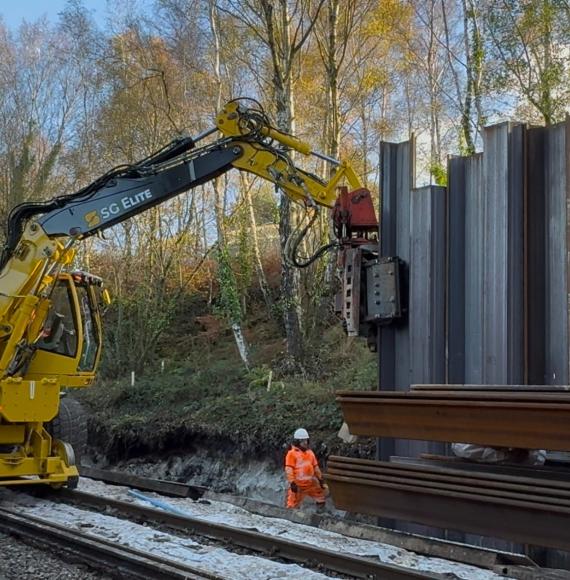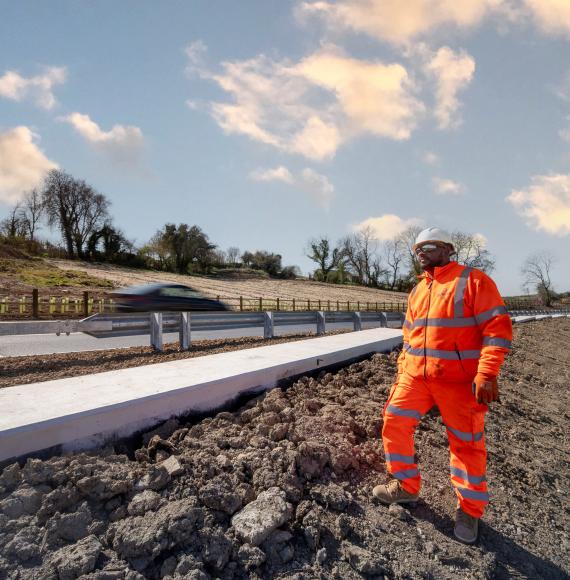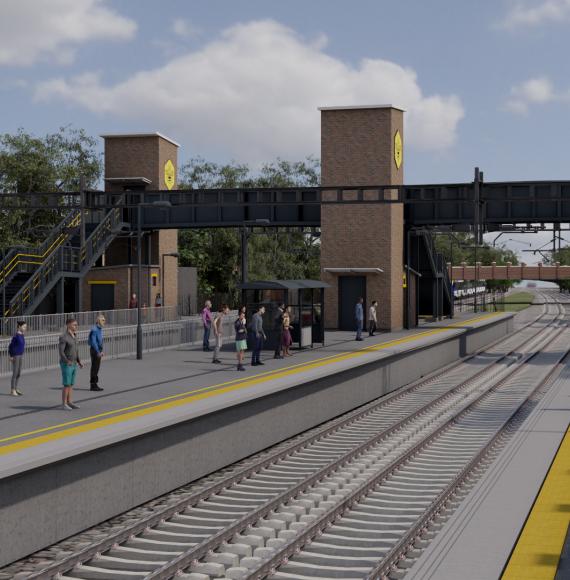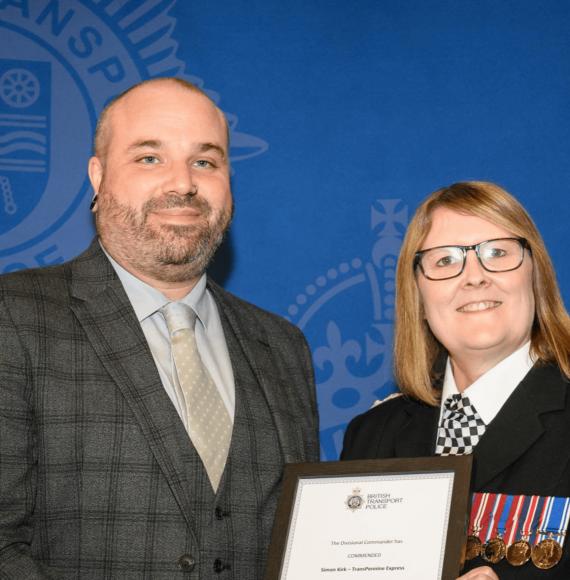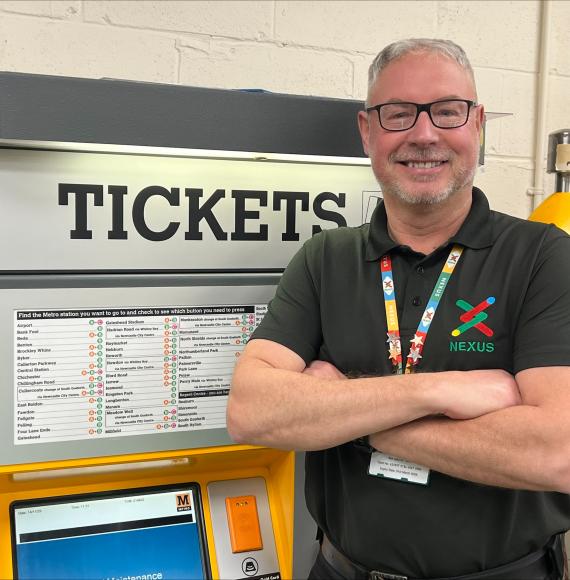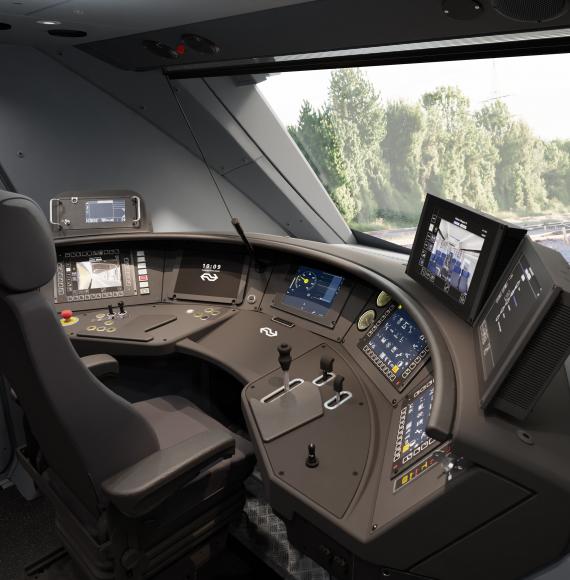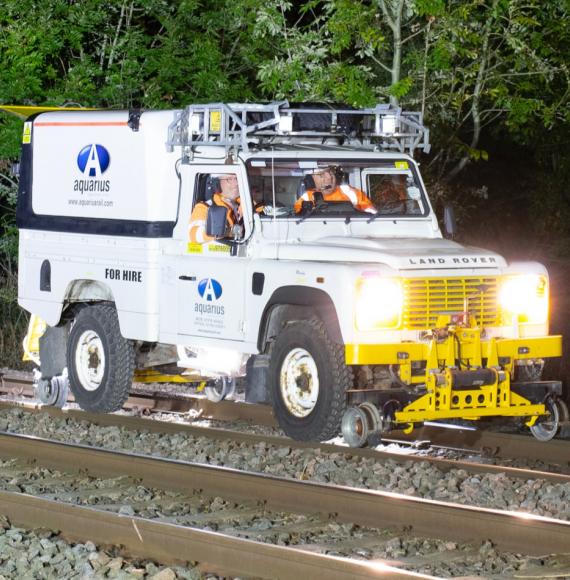Network Rail has taken a major step toward modernising rural signalling with the UK’s first mainline trial of Universal Signalling’s innovative ‘U-Cross’ system. The technology, designed to enhance safety and efficiency at user-worked level crossings, could transform operations on Britain’s rural railways.
First showcased at the Global Centre of Rail Excellence in South Wales in 2024, U-Cross has already been hailed as a potential game-changer for the industry. Developed by Universal Signalling, the system gives signallers real-time train location data, enabling faster and safer decisions for crossings used daily by farmers, landowners and rural communities.
User-worked crossings are a familiar feature on rural lines. Current procedures require users to call the signaller before crossing, a process that is safe but often slow. Signallers typically rely on train-location data from multiple sources, which can lead to delays for those waiting to cross.
U-Cross tackles this issue head-on. By providing signallers with enhanced situational awareness—including exactly how many minutes remain before the next train arrives—the system enables quicker, safer decisions.
Traditionally, solutions of this kind take years to develop and come with high costs. But thanks to collaboration between Universal Signalling, Network Rail Wales & Borders, and Transport for Wales—supported by the Innovation Acceleration Forum—the trial was delivered rapidly and cost-effectively.
The two-week trial, held from 3–14 November, covered an 11-mile stretch of the Heart of Wales line between Llandeilo and Llandovery, including 20 user-worked crossings.
Key elements included:
- Installation of U-Beacon Universal Locator Beacons—green discs attached to sleepers through Llandovery Station.
- Fitting in-service Transport for Wales trains with readers and communications equipment.
- Automatic transmission of train positions to signallers when approaching or clearing crossings.
- Collection of over 400,000 data points via the system’s health and performance monitoring capability.
Remarkably, the entire 11-mile section was equipped in just two and a half overnight line blocks, with no advance line-side design work required. This demonstrates not only the safety benefits but also the efficiency and cost savings U-Cross could deliver for future signalling upgrades.
The next phase aims to extend the technology across the full 96-mile Heart of Wales line—home to 126 crossings—before exploring wider deployment on other rural routes.
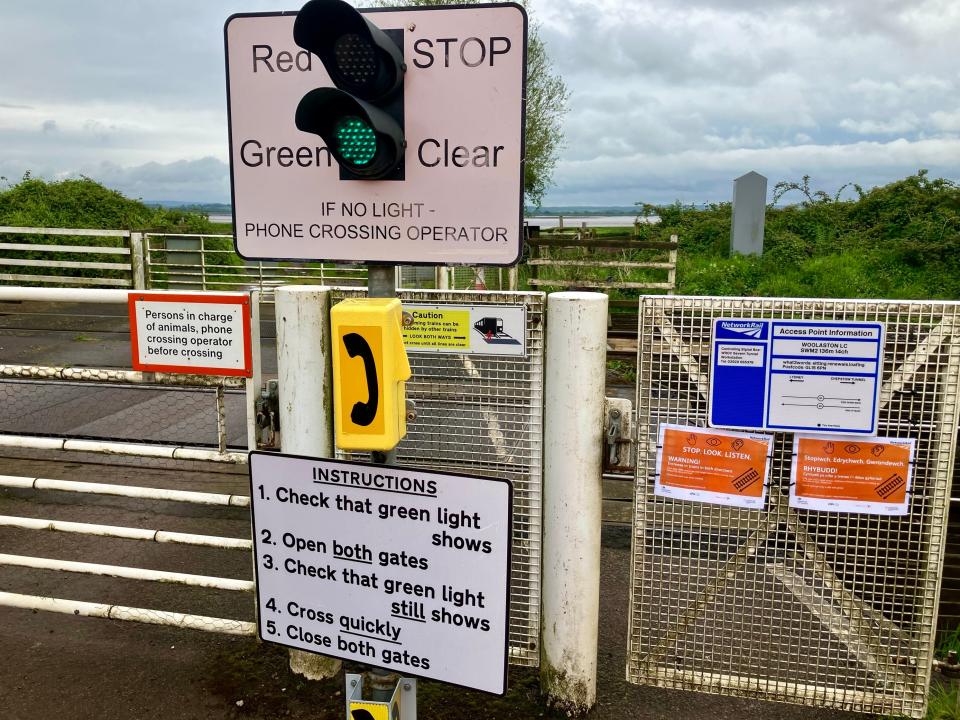
Anthony Aldred, Operations Manager at Network Rail Wales and Borders, said:
“Managing access to the railway at user-worked crossings is a key part of keeping our network safe for the people and communities who rely on it. In rural areas, where signallers rely on information from multiple sources, U-Cross gives them a clear, instant view of train locations and visual confirmation of whether a crossing is safe to use, while defaulting to established procedures if a fault is detected.
This product has real potential to further strengthen safety and reduce delays for users and it has been incredibly valuable to support this project.
We’re proud to be part of this UK-first trial as we work with Universal Signalling and our industry partners to explore how it could benefit more locations across the network.”
![]()
Stephen Head, CEO of Universal Signalling, added:
“U-Cross is the first stepping stone towards our vision for next-generation digital signalling that’s affordable for rural lines. What truly sets this apart is the speed of deployment, which drives down cost to the railway.
We’ve automated and productionised as much of the process as possible, stripping out much of the cost base. Fitting 11 miles of track in just two and a half overnight possessions, with no prior design work, shows what’s possible with our system.
It’s been a delight working with the Wales & Borders teams, and the support from Transport for Wales has been fantastic. Feedback from this trial and analysis of the data collected will inform refinements ahead of the next phase.”
Image credit: Network Rail


